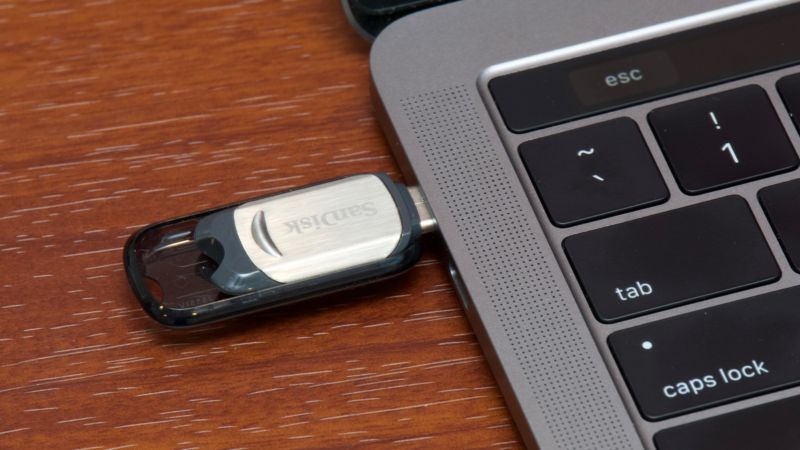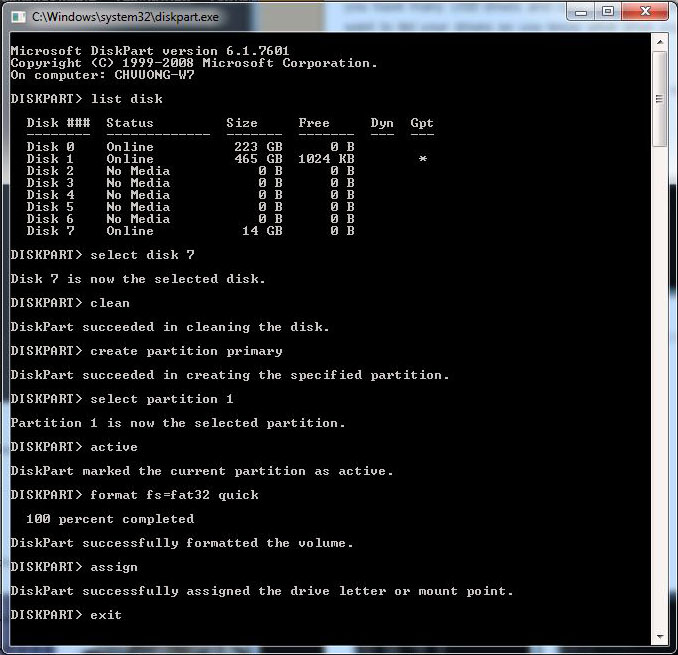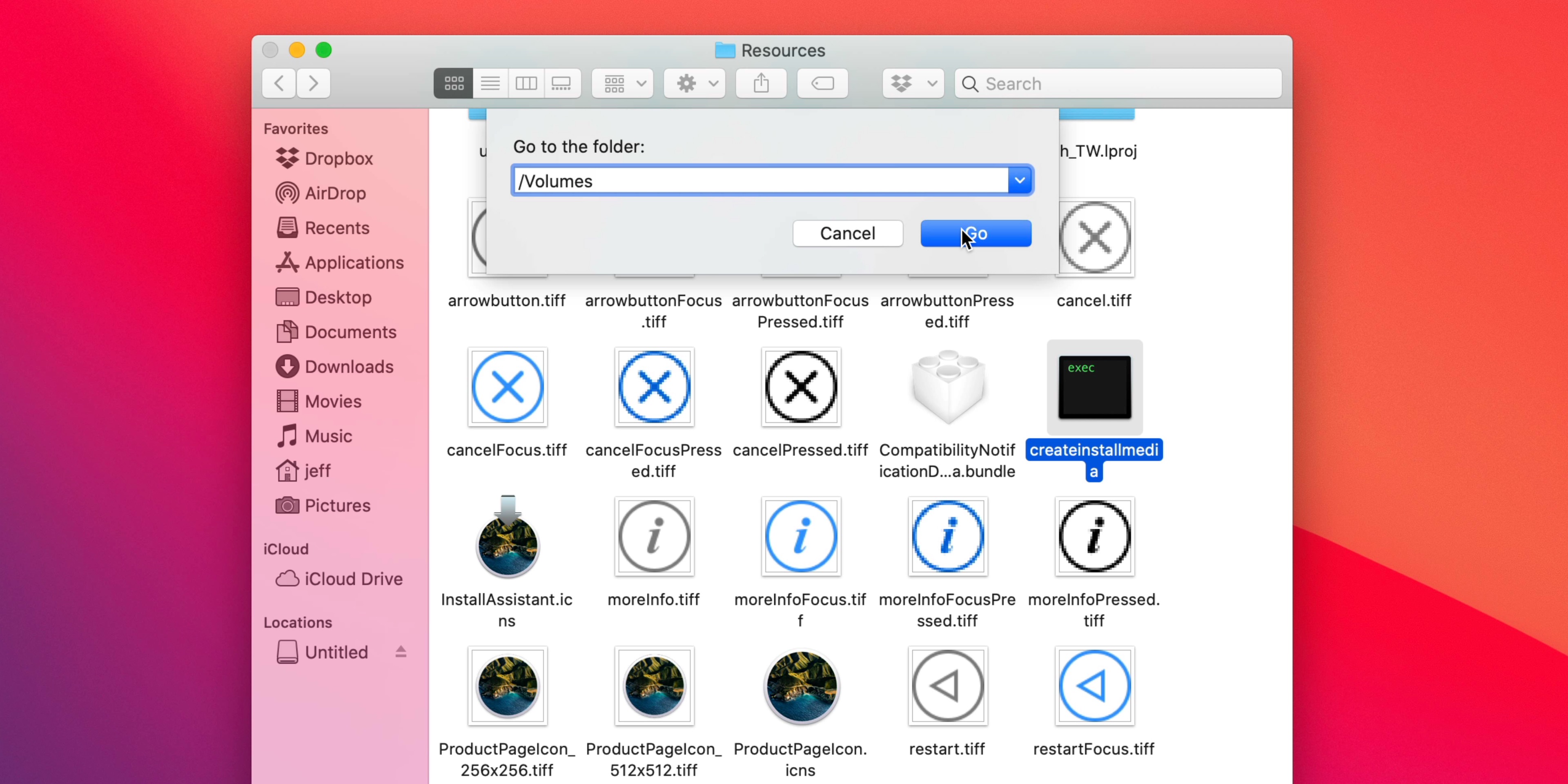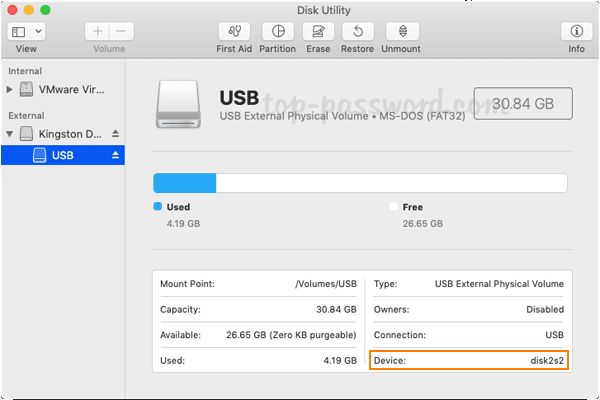- Bootable Usb Disk Format Utility
- Formatting A Flash Drive Mac
- Format Flash Drive For Bootable Macos
- Format Flash Drive Mac Fat32
Dec 16, 2020 • Filed to: Solve Mac Problems • Proven solutions
Bootable Usb Disk Format Utility
USB drives, pen drives, or thumb drives – no matter what you call them, they all perform the same job related to data storage and management. In a matter of a few years, pen drives have drastically replaced CDs and other storage units. Now, we all use USB drives to transfer our data or maintain its backup. Though, there are times when we wish to format a pen drive on Mac. You can do it to erase drive data, troubleshoot a problem, reformat it, and do so much more.
All you have to do is insert the USB drive, select the ISO and click the Next option. After the initial format, the software will create the bootable USB drive within minutes. However, it lacks options to personalize the bootable USB drives. Use macOS Internet Recovery to boot your Mac. Instructions here - How to Start Up a Mac in Internet Recovery Mode. Once it connects to the internet and boots into recovery, you can access Disk Utility from it. Use the Disk Utility to format the new drive. Then you can use your bootable flash drive to install macOS Catalina to the new drive.
Since Mac gives a one-stop solution to do it all, you won't face any problem like a pen drive not formatting on Mac. To further help you, we have come up with this detailed guide on how to format a pen drive on Mac with other related solutions.

Part 1. What is a Pen Drive or Thumb Drive?

Thumb drives (which are also known as USB or flash drives) are extensively used to store data via USB connectivity. As almost all the computers (be it Windows or Mac) have a universal USB slot, it makes the use of flash drives so effortless. You can just plug it into any system and access the stored content in no time. A pen drive can also be used as an installer at times or to maintain a backup of your data.
- You might like to erase all the data present on your pen drive at once.
- Formatting can also help you troubleshoot certain connectivity issues with your flash drive.
- If the USB drive has been infected by malware, then formatting it can fix the issue at times.
- It can also help you reformat the pen drive and change its file system as well.
- It will let you defragment the drive and make more free space in it.
Part 2. How to Format Pen Drive on Mac
Just like Windows, Mac also allows a seamless solution to do pen drive format. To do this, you can take the assistance of Disk Utility, which is a dedicated system component in Mac. It can help you manage system partitions, erase an external unit like a thumb drive, and even repair your disk. To learn how to format a pen drive in Mac, you can follow these simple steps:
- Firstly, connect your flash drive to the Mac by inserting it to the correct USB slot. Also, go to Mac's Finder > Applications > Utilities and launch 'Disk Utility' from here.
- As the Disk Utility window would open, you can view the connected pen drive labeled under the 'External' devices on the left. Simply select your pen drive to view its storage settings on the right.
- In order to format the pen drive, you need to click on the 'Erase' button on its toolbar.
- This will open the following pop-up menu. From here, you can change the name of the pen drive, its format, and the scheme. There are different kinds of formats available for thumb drives, which are discussed later in this post.
- Lastly, you can change the scheme for the connected pen drive as well. While GUID and Master Boot support both Windows and Mac, the Apple Partition Map would only run on Mac.
- After making the appropriate selections, just click on the 'Erase' button, and wait for the pen drive to be formatted entirely.
That's it! In the end, when you are informed that the thumb drive has been successfully formatted, you can unmount it safely from your Mac.
Video Tutorial on How to Format a USB Flash Drive on Mac
Part 3. How to Check the Pen Drive Format
A lot of users choose to format the pen drive to change its format. If you also have the same requirements, then consider checking the existing pen drive format first. Chances are that it might be of an ideal format beforehand. Here's how you can check the format of thumb drive on Mac.
- Simply attach the pen drive to your Mac by inserting it into the USB slot.
- Launch Finder once the pen drive is detected by Mac. You can see its dedicated icon on the left panel.
- Select your pen drive from here and right-click to get its context menu. Click on the 'Get Info' option to proceed.
- This will display a pop-up with crucial details related to the connected pen drive. Here, you can view the format of the selected USB drive.
While formatting a pen drive, users get an option to change its format. Ideally, Mac supports different pen drive formats for a USB drive that you can pick from, as per your convenience.
- ExFAT: Extended FAT is one of the most common formats out there. It works smoothly on every major platform like Windows, PlayStation, Xbox, and even Linux.
- FAT: While the File Allocation Table format also supports cross-platform compatibility, it is not as reliable as exFAT. For instance, it supports the maximum file size of 4 GB. Ideally, it is best suited for systems with FAT32.
- OS X (Journaled): This is the traditional native file format for macOS, which is commonly known as the HFS+ format. Apart from storing data, it can also be used as a Time Machine backup.
- OS X (Case-sensitive, Journaled): This is similar to the previous option, with a case-sensitive feature. Although Mac is not case-sensitive, systems like UNIX are.
- OS X Extended (Journaled, Encrypted): If you want to protect your thumb drive, then go for this option. It is similar to the OS X Journaled version with encryption. That is, users are required to authenticate (via password) to access it.
- OS X Extended (Case-sensitive, Journaled, Encrypted): This is an encrypted and case-sensitive version of OS X Journaled.
Part 4. How to Remove History on Mac Firefox
Formatting A Flash Drive Mac
By now, you must be able to reformat thumb drive on Mac without any trouble. If you are finding it hard to access the pen drive content on Mac, then don't worry. The operating system is pretty user-friendly and will let you access the connected pen drive without any trouble.
- Firstly, make sure that the pen drive has been properly inserted on your Mac's USB slot. As soon as the pen drive is detected, you will get its shortcut on the desktop. Just double-click it, or right-click and open it.
- Alternatively, you can also access the USB drive content via Finder as well. Go to Mac's desktop and click on Finder > File > New Finder Window. This will open a new Finder Window on your Mac.
- On the left sidebar, you can see all the shortcuts and partitions. Under the 'Devices' or 'External' tab, you can see your pen drive's icon. Just double-click it to open its file system.
- In the end, after when you have finished working with the pen drive, you can unmount it. Select the pen drive's icon and right-click it to get its context menu. Click on the Eject option to safely remove it.
Part 5. How to Recover Deleted History on Mac
If you are lucky, then you would be able to format a pen drive on Mac without facing any setback. Though, chances are that you might get the 'Pen Drive Not Formatting' error on Mac as well. Try following these simple yet smart solutions to fix the pen drive not formatting issue on Mac.
• Reinsert the USB drive
If you have not properly inserted the USB drive to Mac, then you might encounter this issue. To fix this, just remove the pen drive and clean the USB slot on your Mac. After a while, insert it once again, and check if it has been detected or not.
• Reinsert the USB drive
If you have not properly inserted the USB drive to Mac, then you might encounter this issue. To fix this, just remove the pen drive and clean the USB slot on your Mac. After a while, insert it once again, and check if it has been detected or not.
• Check the format
Some formats of the pen drive, like NTFS, are not supported by Mac. You can go to the thumb drive's properties to view its format. In case if it has an NTFS format, then you need to use a third-party tool to access it or format the flash drive on Windows instead.
• Fix the USB drive

There might be some problem with the USB drive storage as well. In order to fix this, go to Mac's Applications and launch Disk Utility on it. Select the connected pen drive and click on the 'First Aid' option from its toolbar. This will check the USB storage and would try to fix its file system as well.
• Reset PRAM
The Parameter Random Access Memory on Mac can also lead to the pen drive, not formatting issue. Luckily, it can easily be fixed by restarting Mac. Power it off or simply restart it from the Finder. While Mac is restarting, press the Command + Option + P + R keys at the same time to reset its PRAM.
• Update macOS
If your Mac is running on an outdated version, then it might encounter compatibility issues with the connected pen drive. The easiest way to update its drivers and firmware is by upgrading it to a stable version. Just click on the Apple menu on Finder and select 'Software Update'. This will make your system look for the recent macOS update that is compatible with it.
Part 6. How to Perform Pen Drive Data Recovery on Mac
Sometimes, users end up formatting a pen drive by mistake as well. If you also have accidentally deleted data on Mac or have formatted a pen drive, then take the assistance of Recoverit Data Recovery Mac. Developed by Wondershare, it is one of the most advanced and trusted data recovery tools for Mac. The latest update of Recoverit 8.0 has been released that is equipped with tons of high-end features. You can now recover all kinds of data from a Mac or a pen drive with a single click.
- Using Recoverit 8.0, you can get back your lost photos, videos, documents, compressed files, and numerous kinds of data easily.
- The application is known to produce exceptional results in less time. It also features a user-friendly and intuitive interface that does not require any prior technical knowledge.
- It supports data recovery on all types of USB drives. This includes pen drives from brands like Kingston, SanDisk, Sony, HP, Samsung, and more. Also, it supports leading file formats like NTFS, HFS, FAT, exFAT, etc.
- The interface will let you preview the extracted data first. Later, users can selectively save their files to a location of their choice.
- Recoverit supports data recovery under every possible scenario like formatted drive, accidental deletion, malware attack, and so on.
If you want to perform pen drive data recovery using Wondershare Recoverit 8.0, then simply follow these basic steps:
Step 1: Connect your USB drive and select it
Firstly, connect your pen drive to your Mac and make sure it is detected by it successfully. Subsequently, launch Wondershare Recoverit 8.0 and pick a location to scan. In this case, it will be the connected USB drive. If you want, you can browse to a specific location as well.
Step 2: Scan for any lost content
During the data recovery process, you are expected to wait for it to be completed. The interface will let you know the progress on the screen. Kindly don't disconnect the pen drive from Mac as of now to get better results.
Step 3: Recover your data
In the end, when the data recovery process is completed, you will be notified. Now, you can preview your photos, videos, and documents on the interface and select the files of your choice. Click on the 'Recover' button and save them to a trusted location. It is recommended not to save them back to the USB drive.
Conclusion
By following this informative guide, you would certainly be able to format the pen drive on Mac. Apart from that, we have also discussed ways to fix issues like pen drive not formatting as well. Though, if you have accidentally formatted your flash drive, then take the assistance of Recoverit Data Recovery. Being one of the best data recovery tools, it will certainly help you in an unforeseen data loss scenario. You can download its freely available version and keep it handy to do pen drive data recovery during any unwanted situation.
What's Wrong with Mac
- Recover Your Mac
- Fix Your Mac
- Delete Your Mac
- Learn Mac Hacks
Nowadays, when you buy a USB drive, you can use it right out of the box with your Mac. However, unless it’s been designed for use with a Mac, it won’t be formatted using macOS’ preferred file system (either Mac OS Extended or APFS, depending on which version of macOS you’re running).
That’s because most of the computers in the world run Windows, and Windows uses a different file system, usually one known as Fat32. Drives formatted as Fat32 can be read from and written to by macOS, but it’s not optimal and you’re more likely to run into problems than if you use macOS’ native format. So, if you’ve bought a USB drive that’s formatted as Fat32, or any other format other than Mac OS Extended (also known as HFS+) or APFS, here’s how to format a USB drive on Mac. It’s exactly the same procedure if you need to reformat a flash drive on a Mac.
How to format a USB drive on a Mac
1. Plug the drive into a USB socket (if you have a recent MacBook or MacBook Pro that only has USB-C connectors, you’ll need a USB-C to USB-A adaptor).
Format Flash Drive For Bootable Macos
2. Open a new Finder window and click on the drive. Make sure it has no files on it that you need. The process of reformatting it will wipe all the data from it.
3. Once you’ve copied any files you need from the USB drive to your Mac, go to Applications>Utilities and double-click on Disk Utility.
4. Click on the USB drive in the sidebar and then choose Erase from the toolbar at the top of the window.
Format Flash Drive Mac Fat32
5. In the window that drops down type a name for the formatted drive in the box next to Name.
6. Choose a format from the dropdown menu.
7. If you have previously stored sensitive data on the drive, click the Security tab.
8. Choose a security level using the slider. The further to the right you move the slider, the more ‘passes’ the erase tool will make and the more securely files will be deleted. However, it also increases the time it takes to format the drive quite considerably.
9. Click Ok then click Erase.
Tip: You don’t need to erase a whole drive to delete files securely. If you have confidential files or sensitive data you need to remove from your Mac completely, you should use CleanMyMac’s File Shredder. It’s specifically designed to securely delete sensitive data and will render it unrecoverable. You can download CleanMyMac X for free here.
Which format to choose?

If your Mac is running macOS High Sierra or later, you have two options for file formats: APFS and Mac OS Extended. Which should you choose? The key point is that disks formatted as APFS won’t be recognized by Macs running versions of macOS older than High Sierra. So if you think you might need to plug the USB drive into a Mac running an older version of macOS, format it as Mac OS Extended.

APFS is optimized for SSD (solid state drive) such as flash drives, so if you reformat a flash drive on a Mac, you should definitely choose APFS (unless you plan to use it with a pre-High Sierra Mac, of course). Even on hard drives, however, APFS is faster and more reliable than Mac OS Extended.
Finally, if you plan to use the USB drive as a destination for Time Machine backups, choose Mac OS Extended. Time Machine can’t currently back up to an APFS disk and if you select one for use with Time Machine, it will offer to reformat it as Mac OS Extended. You can, however, backup an APFS formatted disk to a Mac OS Extended Time Machine drive.
How to format a USB drive to FAT32 on a Mac
The main reason for formatting a USB drive as Fat32 on a Mac is that you want to be able to use the drive on a Windows PC, as well as a Mac — perhaps to transfer files between the two machines. You may also be preparing the drive for use as, say, a storage device for a media player or to record TV programmes on a TV with a USB port.
The fact that Fat32 can be read from and written to on both Mac and Windows makes it very versatile. However, there is a significant limitation — individual files have a maximum size of 4GB. So, if you’re using the USB drive to store large video files, you may run into trouble. There is a solution, however, exFAT. Unlike FAT32, exFAT doesn’t have a maximum file limit. Better still, it can be read from and written to on any Mac running Mac OS X Snow Leopard or later and on Windows.
To format a USB drive in FAT32 or exFAT:
1. Plug the USB drive into your Mac.
2. Go to Applications>Utilities and launch Disk Utility.
3. Click on the USB drive in the sidebar in Disk Utility.
4. Click Erase in the Disk Utility toolbar.
5. Type in a name for the formatted disk.
6. Click on the Format menu and choose either MS-DOS (FAT32) or ExFAT.
7. Click Erase.
Your USB drive will now be erased and re-formatted as either FAT32 or ExFAT, depending on the format you chose in step 6.
How to manage your drives easily
If you look for a quick and easy way to manage your drives, try using CleanMyDrive 2. With its help, you can drag-and-drop files directly to any drive, clean hidden junk from external drives, and check disk stats. It works for all drives, including USB drives, SSD, SD cards, external hard drives. All the drives will be at hand in the menu bar, so you can get to see types of drives you have and manage them easily. CleanMyDrive is absolutely free to use, so download it on the Mac App Store and enjoy!
It’s very easy to format a USB drive on a Mac using Disk Utility. There are a couple of things you should keep in mind, however. The first is that when you format and disk, you will erase all the data currently on it. So if you need that data, make sure you copy it onto another disk before you start. Secondly, there are several formats to choose from, each with advantages and disadvantage. Use the guide above to help you decide which is right for you.